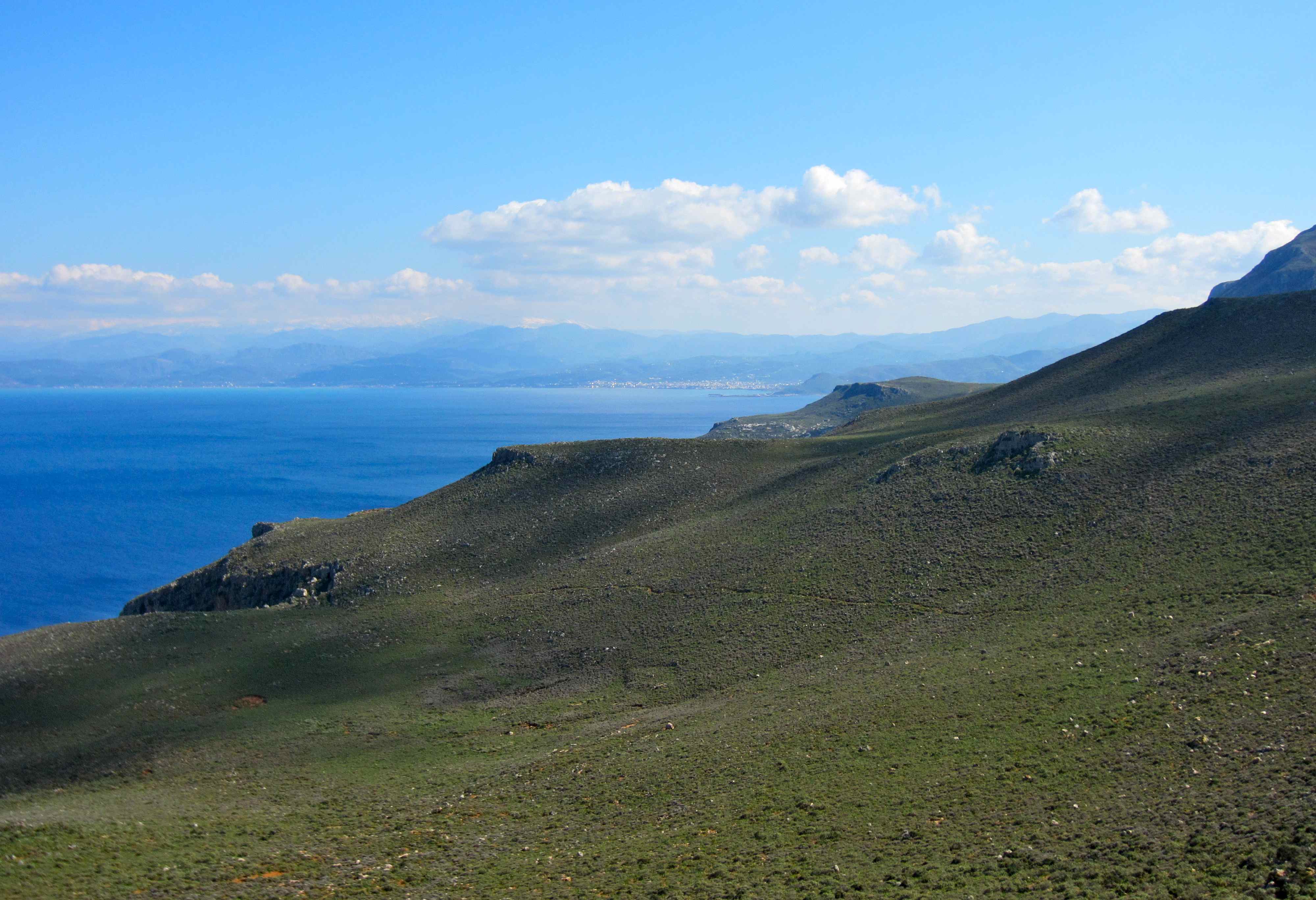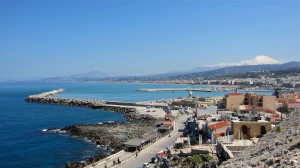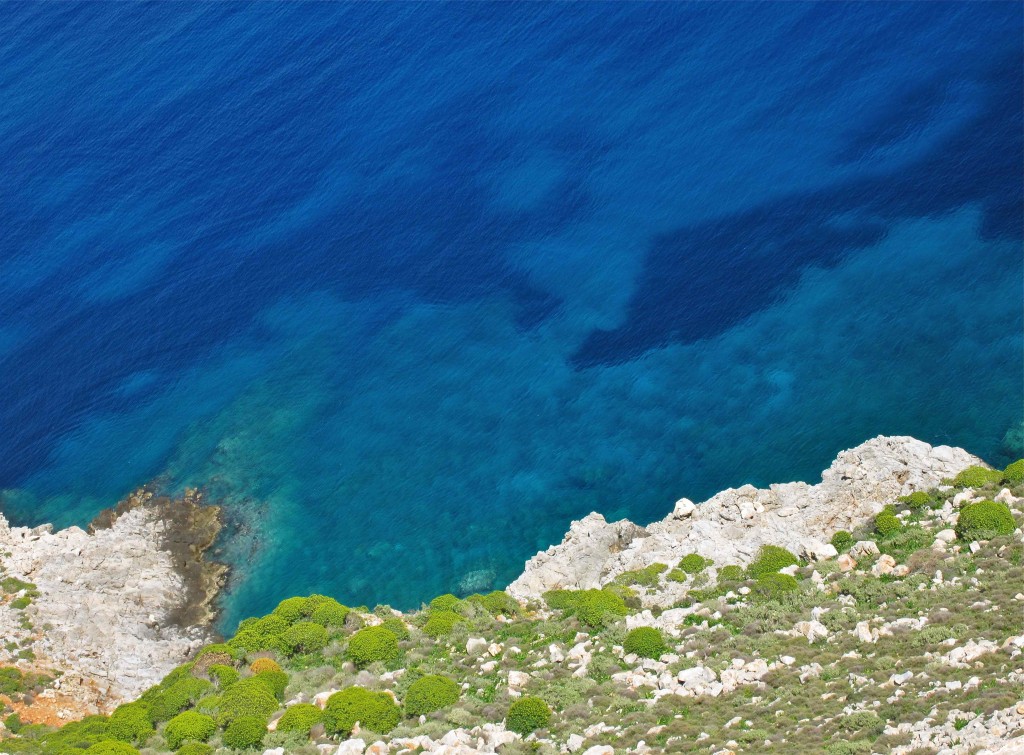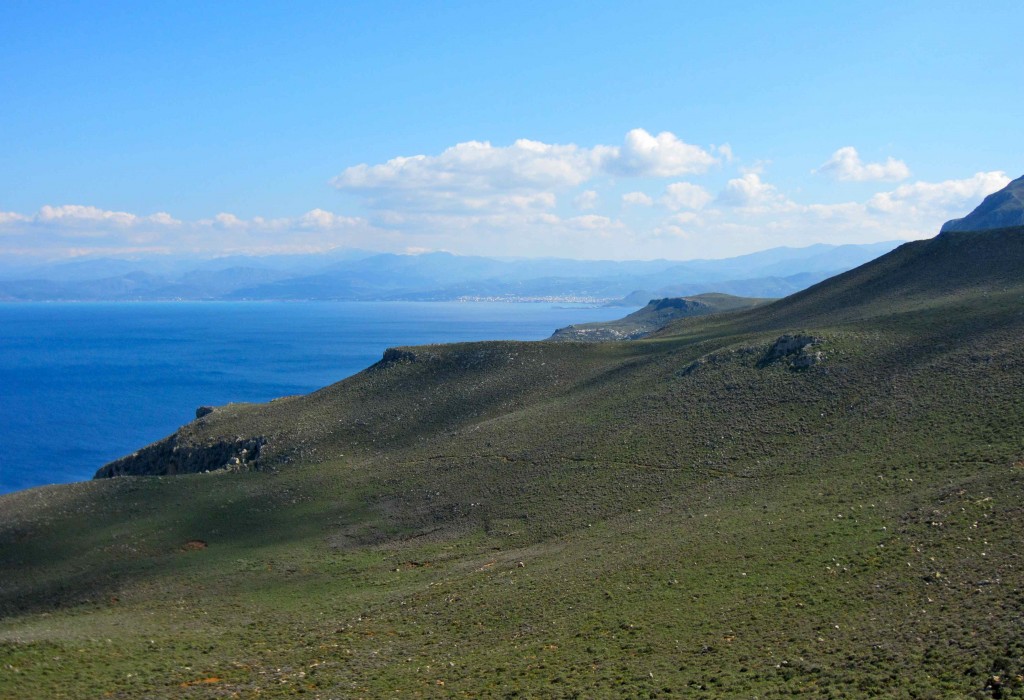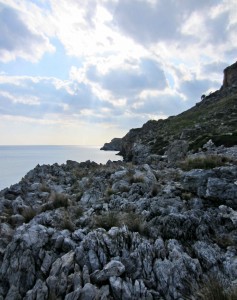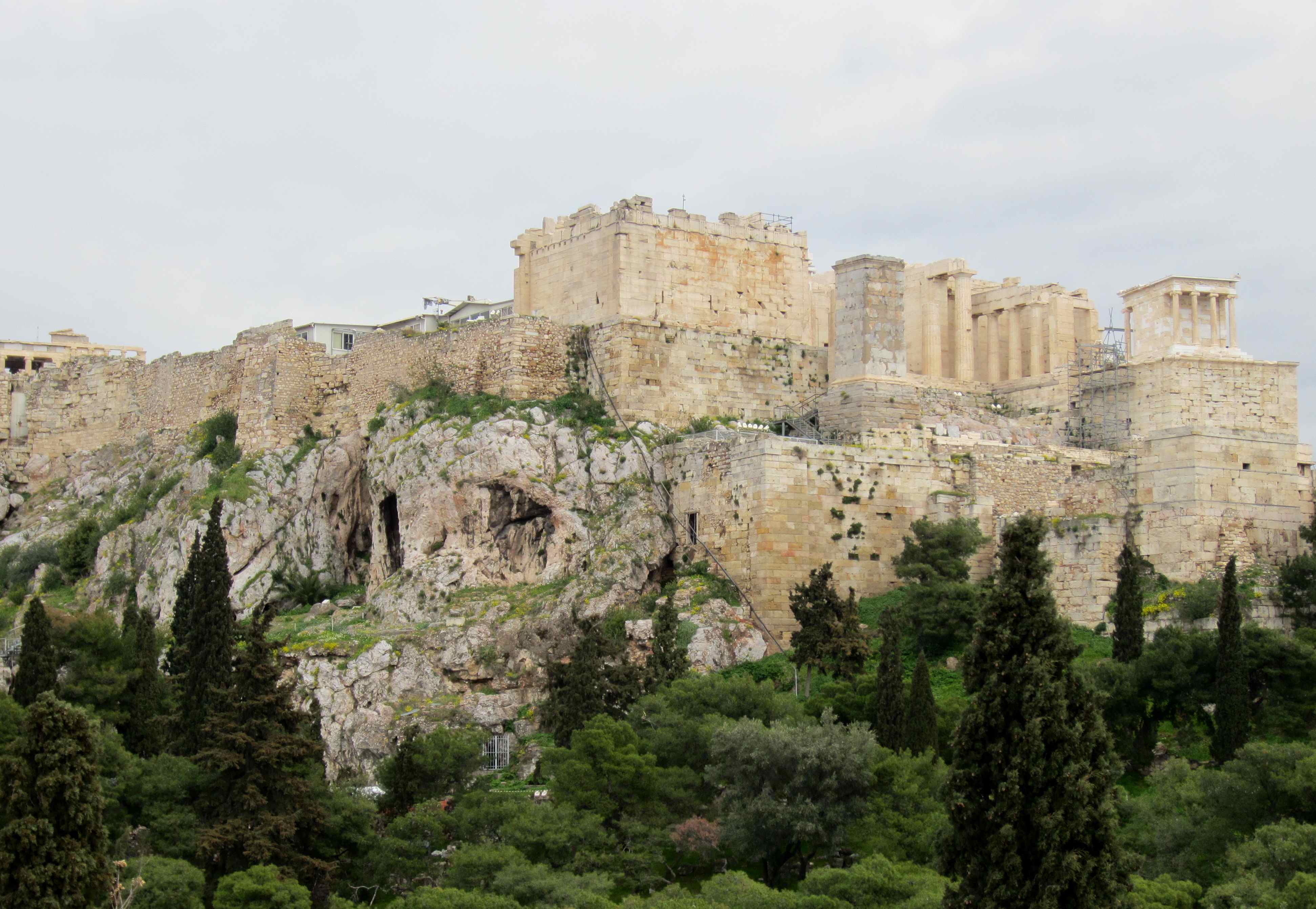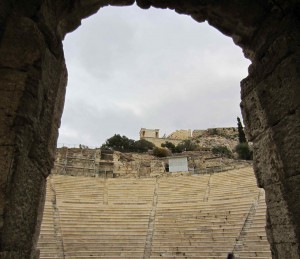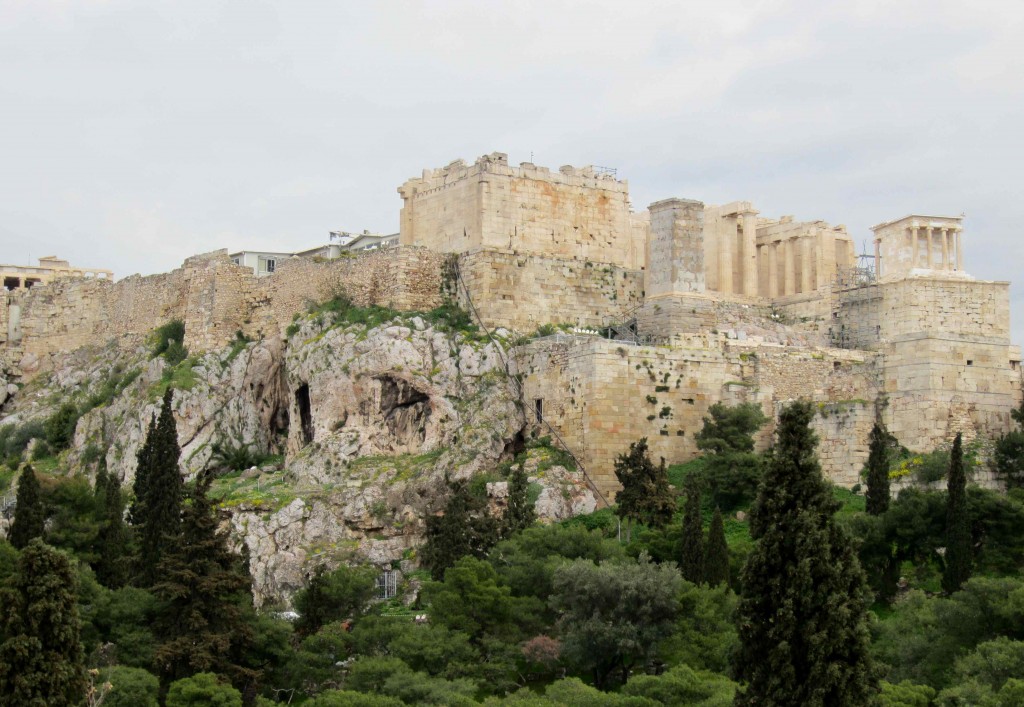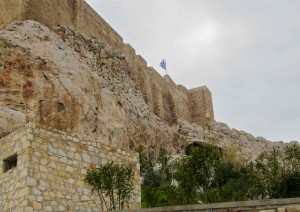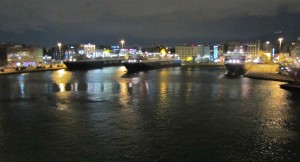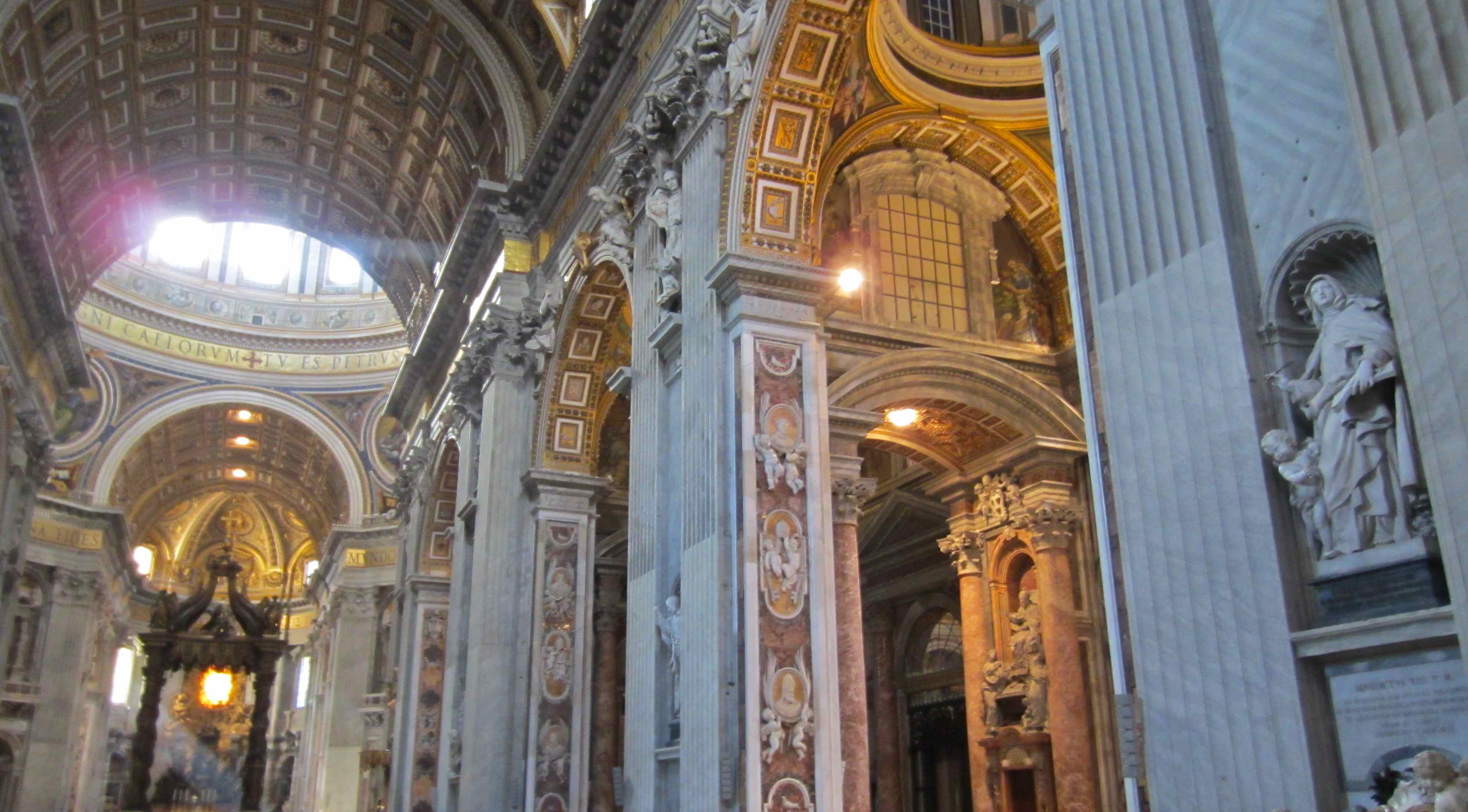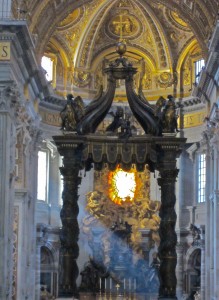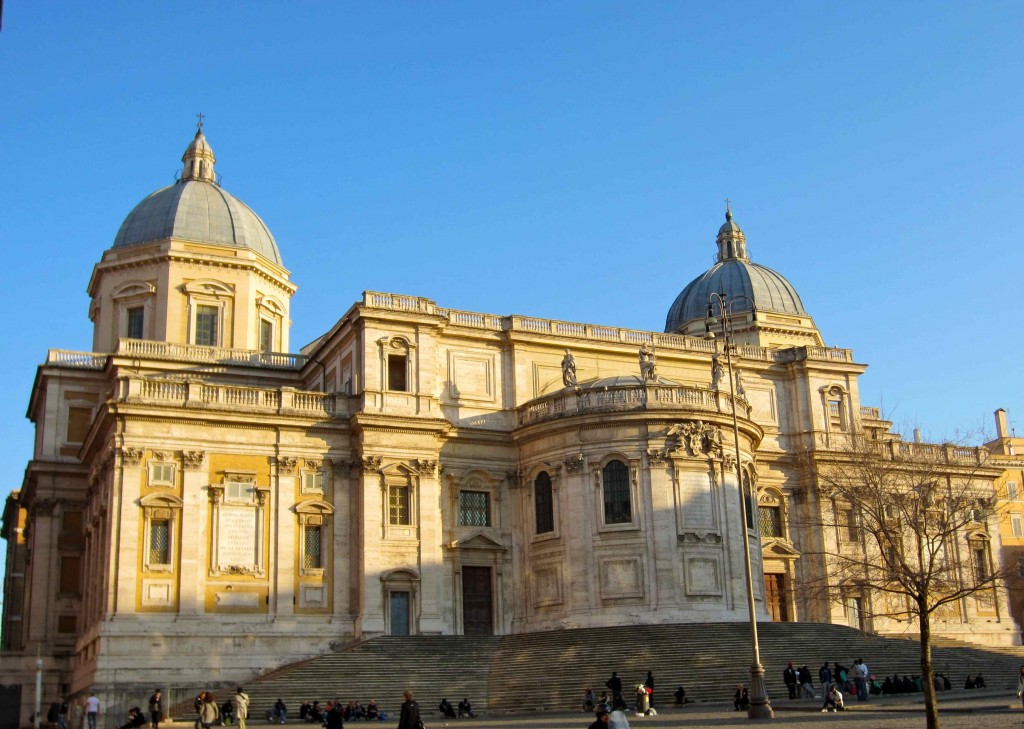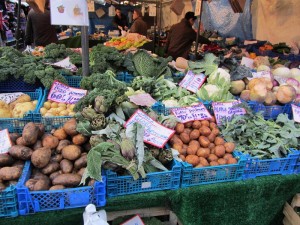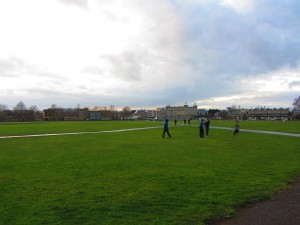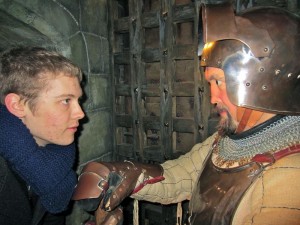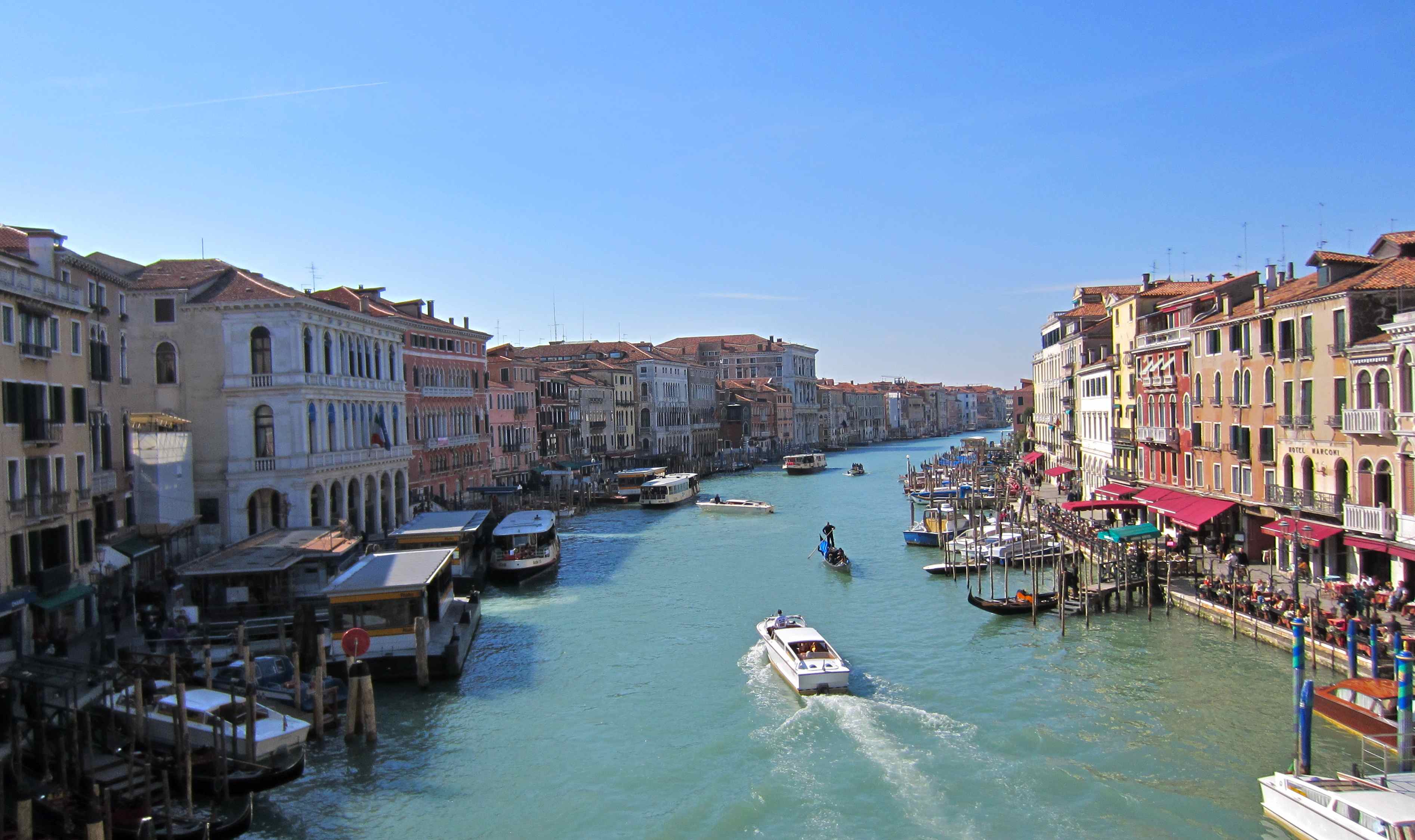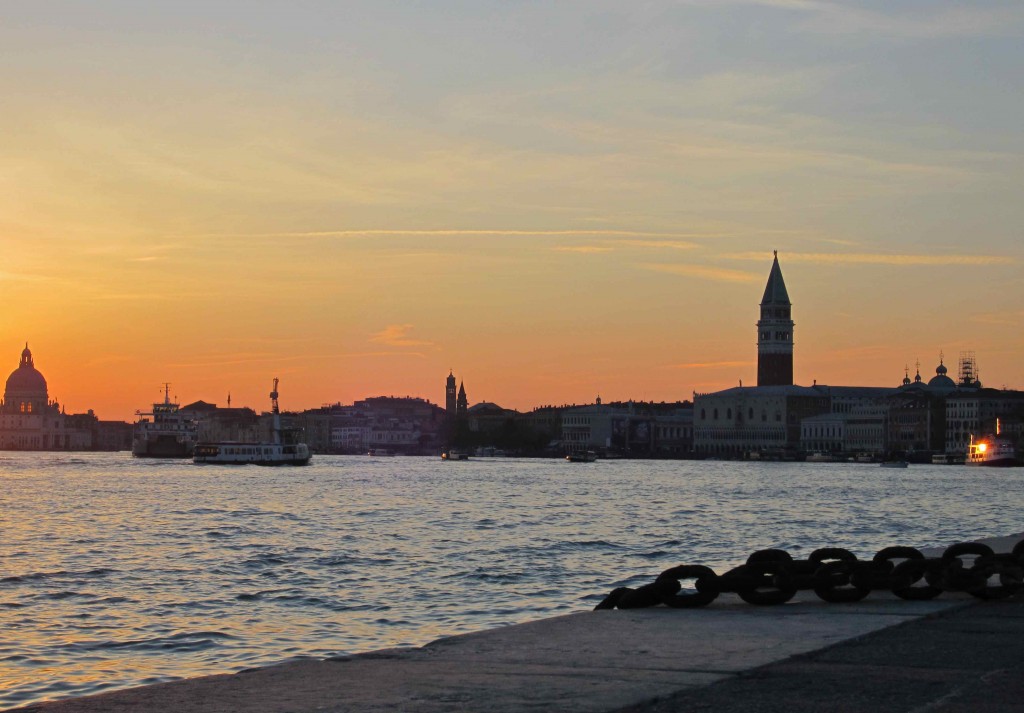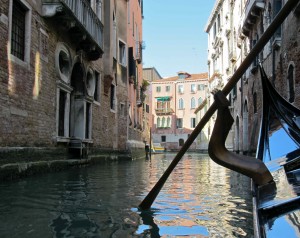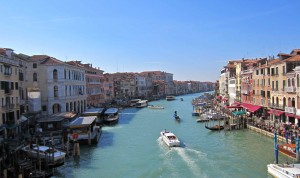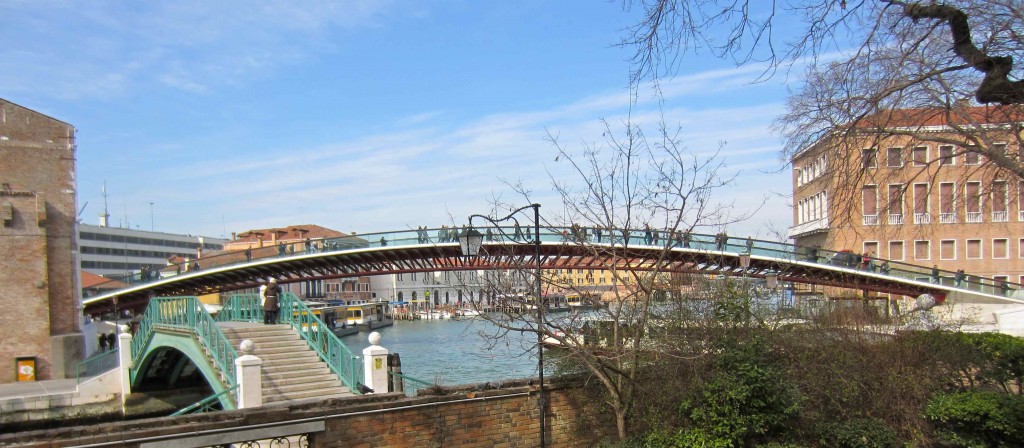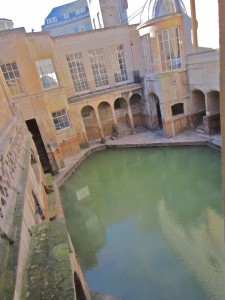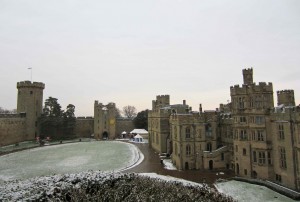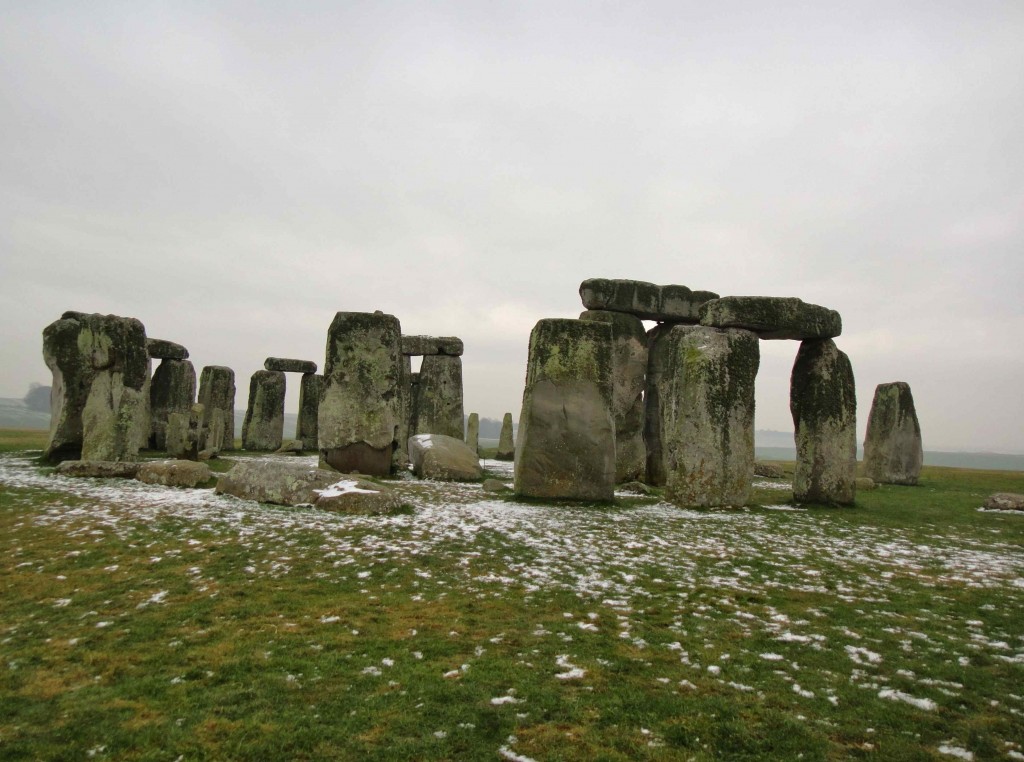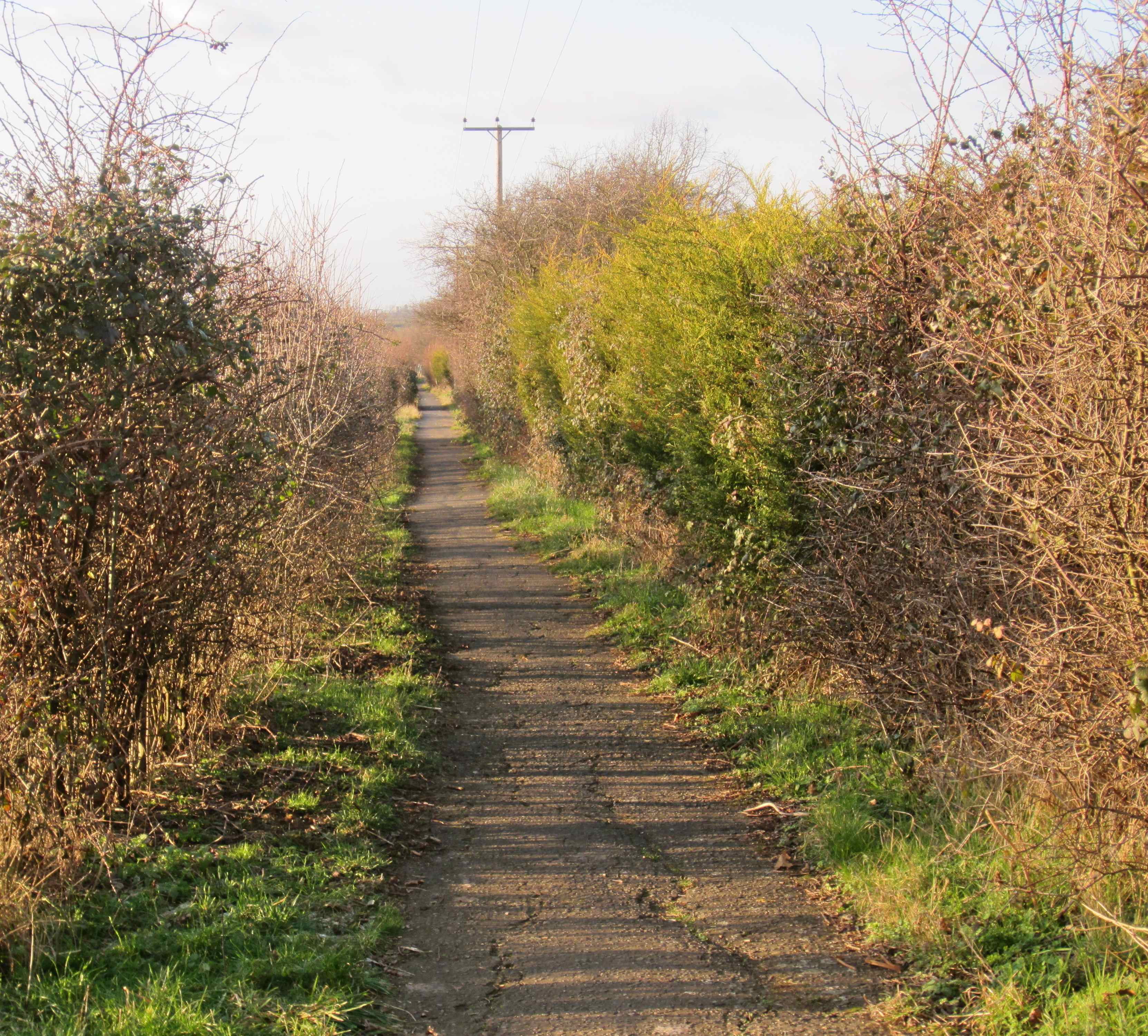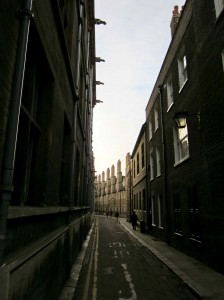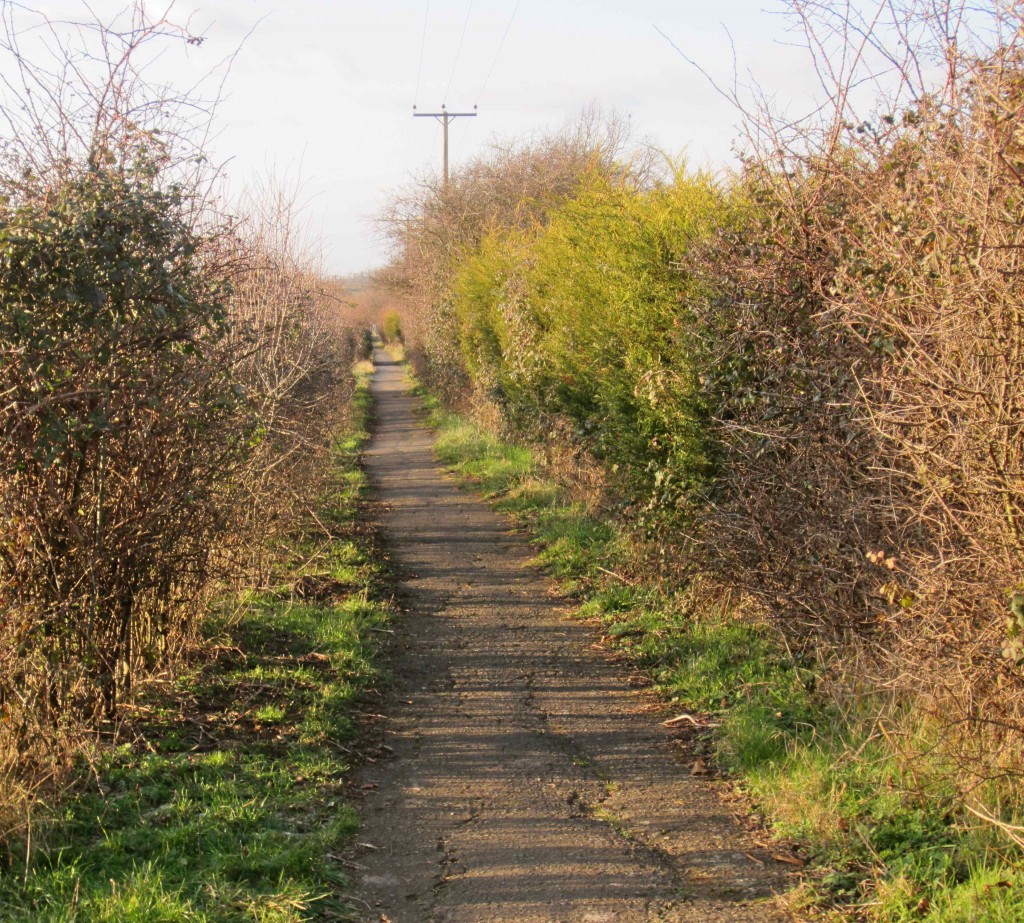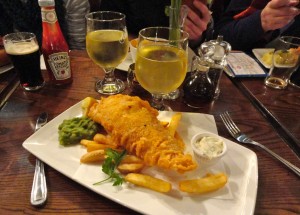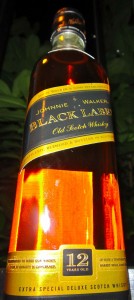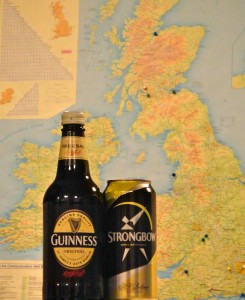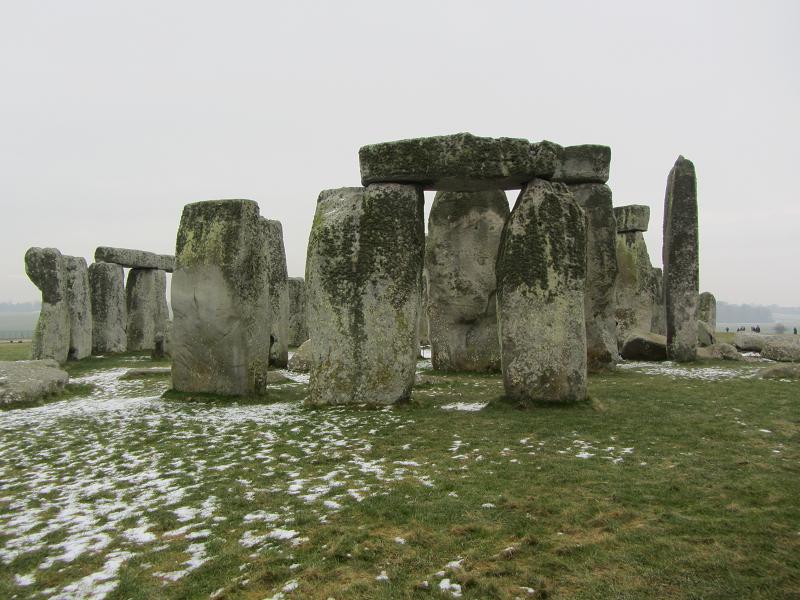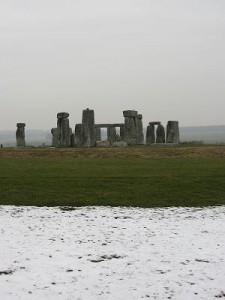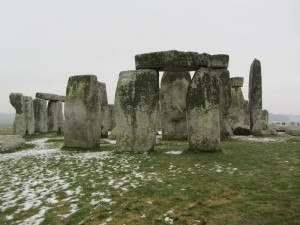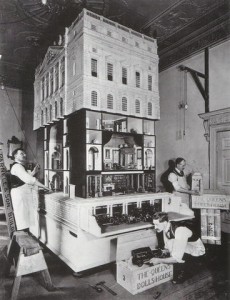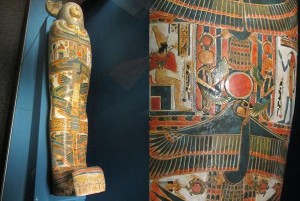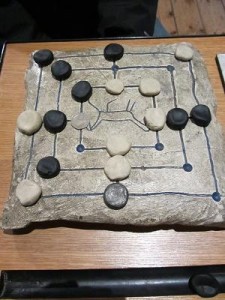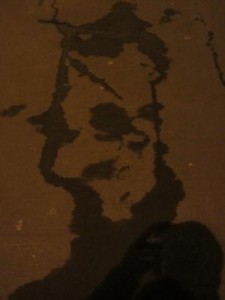Our ferry from Athens docked in Heraklion, Crete at 6:00, making it our second early morning in a row. The weather matched our feelings; rain and a hostilely cold wind greeted us as we trudged from the shipyard to the bus station. After an hour and a half’s ride to Rethymno, the city that would be our home for the next few days, nearly the entire group elected to take a long nap. When we awoke several hours later, we found that we had slept through the inclement weather and awoke to the sun just coming out from behind the clouds. In the increasingly warm temperatures we explored the city, adjoining beach, and made plans for the next two days with our extremely helpful hostel owner, Ivan.
We were advised to rent cars because doing so would be cheaper than taking buses and would give us far greater mobility (you only have to be 18 and have a US drivers license to rent in Crete). We got off to a bit of a late start the first morning, so instead of following our original plan and driving all the way to the opposite coast we decided to attempt to find Balos Beach at the northwestern tip of the island. However, as we drove closer the condition of the road grew increasingly worse (maybe the road costs too much to maintain during the offseason?). We ended up parking our cars along the side of the road and walked 5 kilometers to the beach. At the beach we found our compensation for coming weeks earlier than other tourists: we were the only ones on the beach! The beautiful turquoise water (warm enough to swim in) was framed by sand and enclosed by the surrounding foothills. But seeing as how we still had a long walk back to our cars, as soon as the sun began to set into the Mediterranean horizon we started retracing our steps towards our vehicles. This time, instead of the view looking out to the sea, the walk back was towards a small coastal village nestled below the snowcapped mountains.
During the second day in Crete we had intentions of visiting a pair of caves, but once again we ran into the problem of traveling during the offseason. Both were closed. However, our switchback route among the mountains left us within a relatively short drive of Preveli Beach. Although the day was a little cold for swimming, Preveli Beach is adjacent to a palm forest. After spending an hour or two alongside of the river running through this forest, we returned home at a slower rate to admire the view from the tops of gorges in the mountains.
The last day of our spring break was perfect. Instead of stretching out the vacation by trying to do too much, we essentially took the day off. After sleeping in, we stopped at a crepe stand (we had gotten to know the employees rather well by our third day) and for ice cream. After this brunch, we visited the Fortezza in Rethymno for an hour or so and spent the rest of the day relaxing on the beach and enjoying the sun – forming the perfect ending to Spring Break!
Missed an earlier destination? Take a look at my visits to Venice, Rome, and Athens!
Also, see more photos on Picasa or follow me on Twitter!
